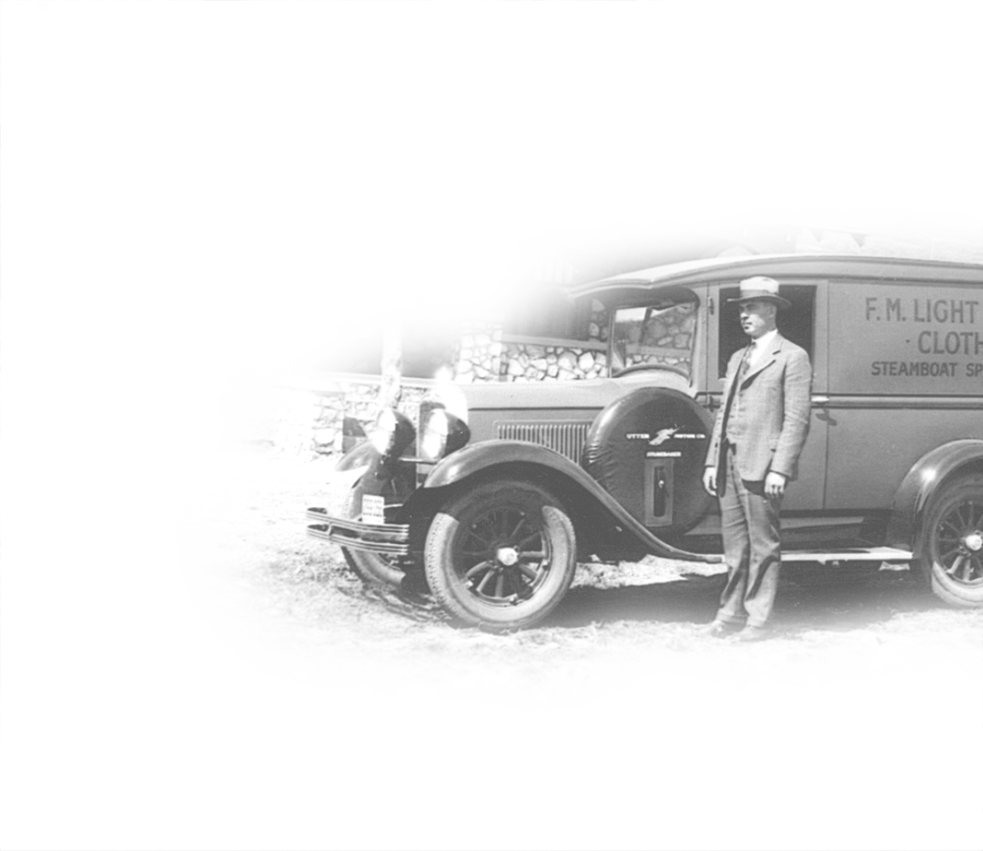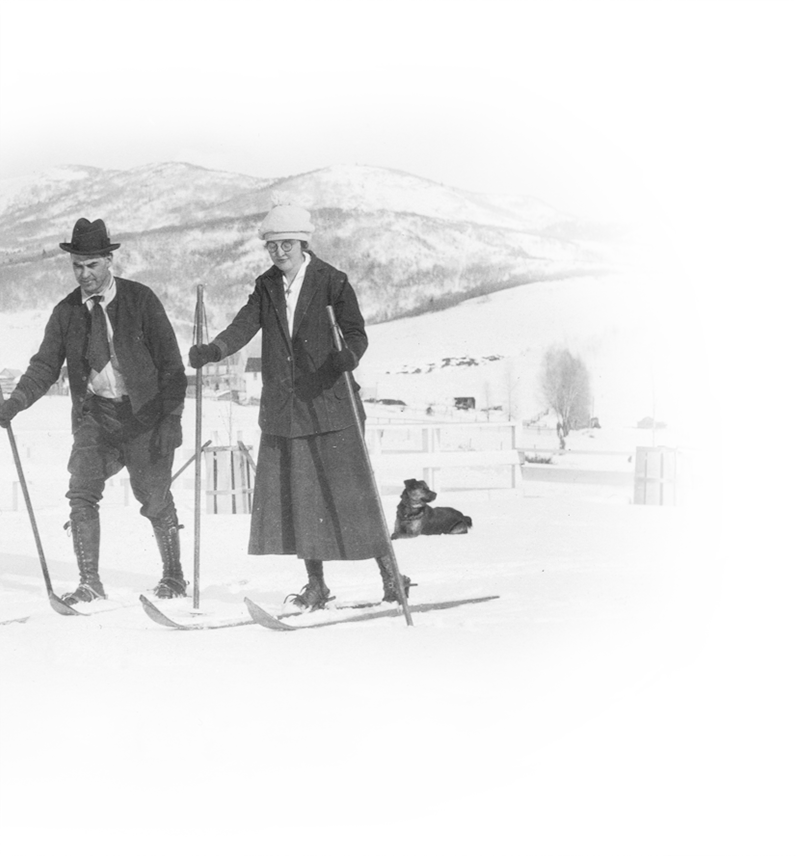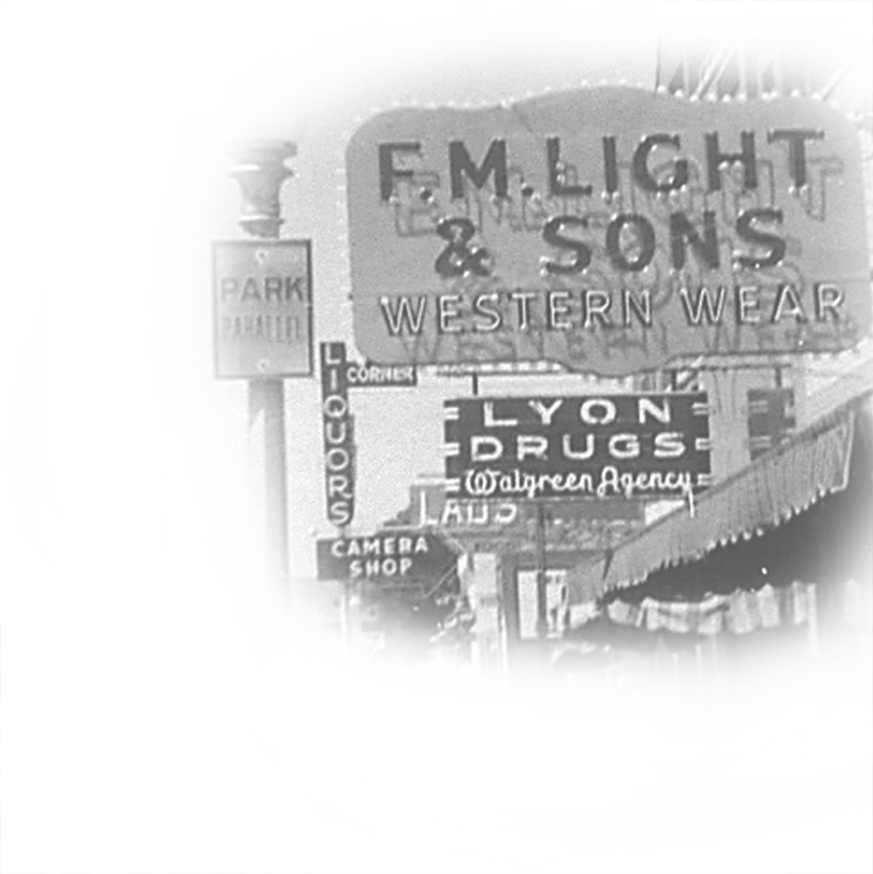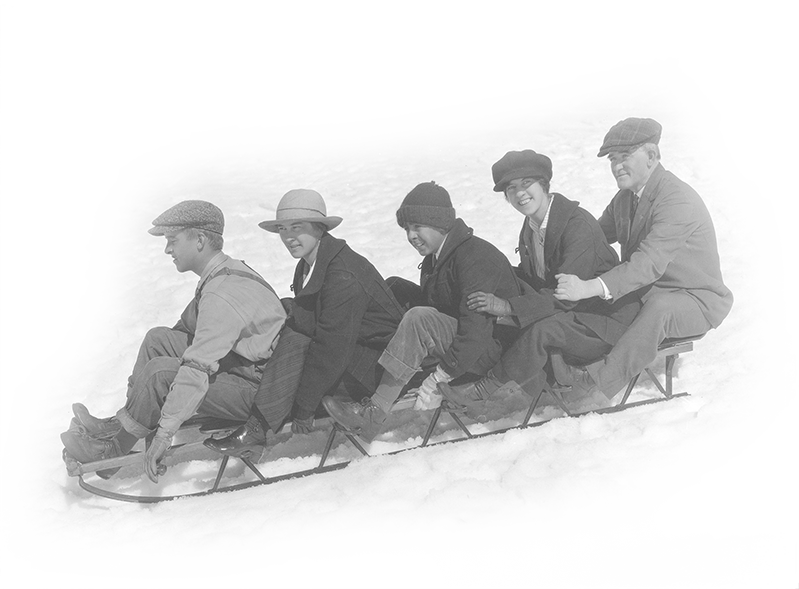“Why?”
Asked the little girl perched beside me on the creaky metal bleachers. I thought for a moment. I knew why, but how could I explain to a six year-old what it all meant. A six year-old who had not clue as to why men would fearlessly ride into a stadium, swing ropes around animals necks, and then slide off into the dirt, wrestling them to the ground; or why cowgirls raced intently around barrels, spurring their horses to run faster.
“I had no idea how to explain
why cowboys sat astride infuriated bulls and broncos with the sole intent
of hanging on with one hand.”
To her it was a kind of madness; albeit an intriguing madness. It dawned on me that some people might be perplexed by this event that was so natural to me. The little girls questions gave me something to write about; I hope you learn as much as she did.
History
The history of the rodeo is long. It all goes back to the Vaqueros – Spanish cattlemen, who influenced the American cowboy greatly. In the 1700’s, when the Spanish ruled the west, the vaqueros passed on their traditions to the men and women who pioneered the west; clothing style, language and equipment – all these influences affected the modern cowboy, and therefore the rodeo. The events in a rodeo all stem from every day activities cowboys experiences on the range: roping, horse breaking, riding, herding, and branding. These duties became the traditions of a rodeo: tie-down roping, team roping and bronc riding.
How did it evolve from work to play?
Like any other occupation, rivalry among cowhands was strong. Following a long cattle drive, cowboys arranged competitions that were created to showcase a cowboy’s skill on the range, and to decide which outfit (rival ranch) had the best drovers; the most skilled ropers and riders. The rodeo was born. As the industrial revolution took hold, and trains and barbed wire (see our previous article on the Devil’s Rope) negated the need for long cattle drives, cowboys began augmenting their income by joining Wild West Shows and competing in cowboy competitions. These two events had something in common; a paying audience. Over time, the Wild West Show died out because of high costs. But, the spirit of performance lived on, melding with cowboy competitions and becoming what we know and love; the Rodeo.
There.
So that’s the why behind the rodeo we enjoy today. While it may seem odd that a cowboy would wrestle with a steer – tying three legs in a bunch, and throw his arms up in the air in victory – we know that it is part of our history.
“Like my six-year old friend, we must realize that rodeos are living history; an event reminiscent of times past, and a celebration of cowboys present.”
Images: Cattle Branding photo is in the Public Domain




